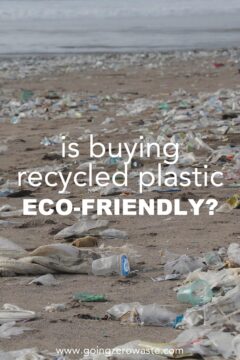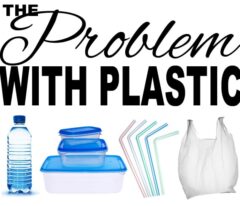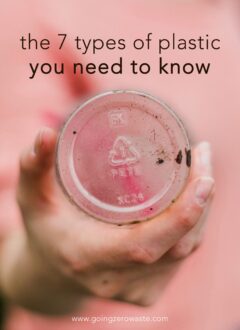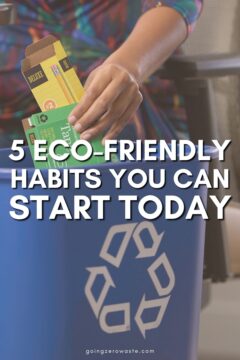Recycled Plastic: Is It Eco Friendly or Greenwashing?
How To Recycle the Right Way
December 13, 2021 | Ariana
Last Updated on February 12, 2024
There’s a lot of discourse in the zero waste community about recycled plastic. When I first started going zero waste, both literally and the blog, I hyper focused on plastic in a big way. I wanted to live a completely plastic free lifestyle, even a lifestyle free of recycled plastic, but then I started learning a lot more about recycled plastic materials, emissions, and looking at the bigger picture.
Recycled plastic products definitely have their place in a sustainable lifestyle. Recycled plastic material is much more eco friendly than sourcing raw materials. Buying products made of eco friendly plastic is convenient for consumers looking to reduce their waste without having to commit to completely reusable items. So what can plastic be recycled into? Read on to find out!
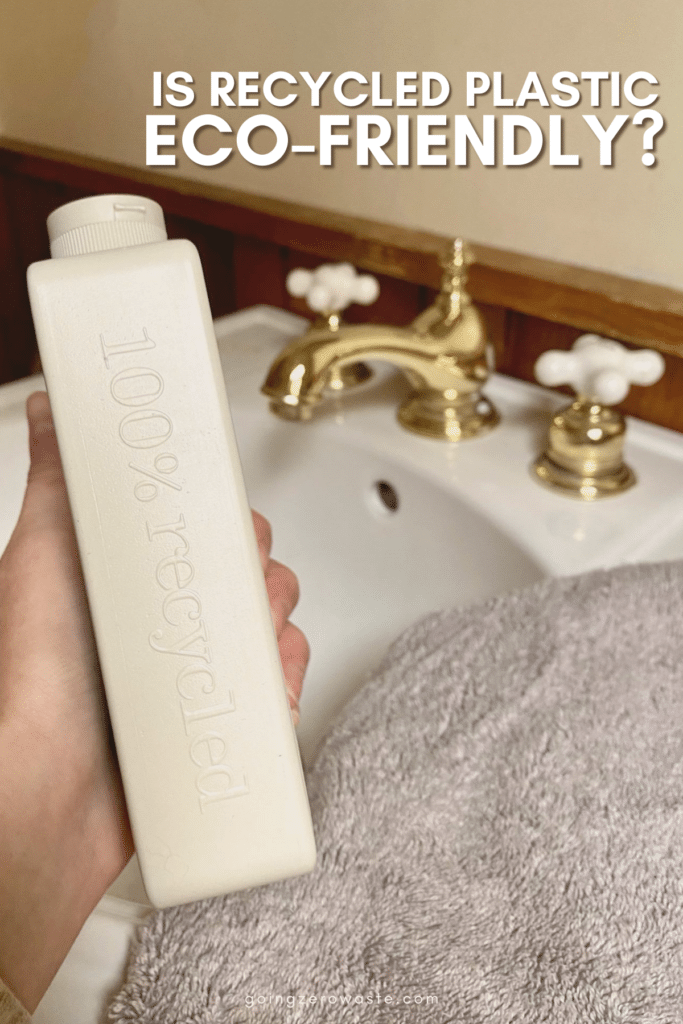
This post was sponsored by Rhyme & Reason. All thoughts and opinions are my own. For more information, please see my disclosure policy.
Table of Contents
recycled plastic products
One of my favorite things about sustainability is that it’s nuanced. It feels like I can learn something new each day as science evolves and as I continue to learn more.
After doing quite a bit of research into raw materials, what I’ve found is that recycled content really is way more eco-friendly than virgin materials. Yep, even recycled plastics.
For example, Rhyme & Reason is a hair care brand that really pushes the boundaries when it comes to sustainability. They offer hair care products in 100% post consumer recycled materials — including the cap (a world first). They went with a plastic bottle so it could be squeezed to avoid the need for a pump.
Pumps are made from so many different materials that they’re unrecyclable. By opting for recycled plastic products, they were able to mold their bottles into rectangles. The square shape makes the pack 20% more space efficient than a round bottle, helping to reduce emissions from transport.
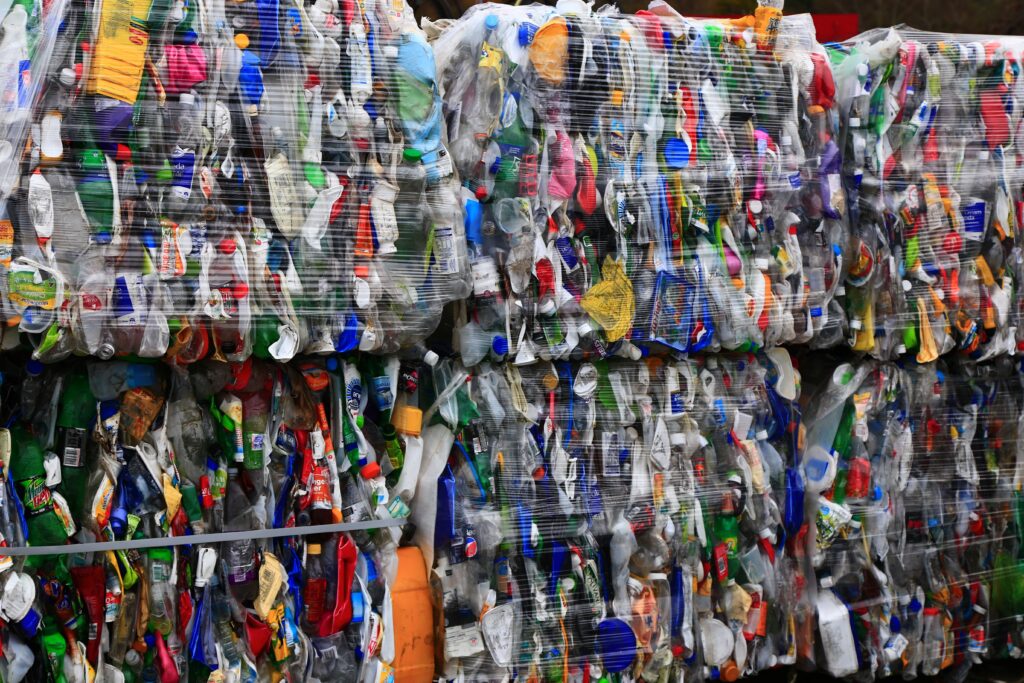
why I support recycled plastics:
There is so much plastic in the world — we should be turning it into something. In fact, we shouldn’t be using any virgin plastic! After all, the most eco friendly plastic is the one that already exists.
And if we’re going to complain about only 9% of plastics ever being recycled, then wouldn’t we want to support people who’re working to boost that number?
The fact is when it comes to emissions, plastic is lighter to ship than glass and way more eco-friendly than strip mining for metals. My friend Shelbi did a great YouTube video on this where you can learn more.

facts on recycled plastics:
Recycling is cost effective and good for the environment because it conserves the fossil fuel (aka crude oil) used to manufacture it.
Resource extraction for virgin plastic materials has an incredibly high carbon footprint. For plastic, most of it is derived from oil drilling and/or fracking.
Ethane cracker facilities turn ethane into ethylene, a building block in most common plastics. However, these facilities are associated with major climate detriments.
When we use recycled plastic, we cut down on the amount of crude oil that needs to be extracted from the earth unsustainably.
In fact, according to the Association of Plastic Recyclers (APR), using recycled plastic products reduces energy consumption and greenhouse gas emissions. The report looks at three resins — PET, HDPE, and PP — and it concludes that recycled plastic reduced total energy consumption by 79% for PET, 88% for HDPE, and 88% for PP.
Recycled resin also cut emissions over virgin material by 67% for PET, 71% for HDPE, and 71% for PP. Imagine how many emissions we’d save if every product was forced to use 100% recycled content.
Also, recycling saves water. This is because the extraction of virgin raw materials and manufacturing them into single use items uses up water. Recycling reduces the need for materials, thus creating a smaller water footprint.
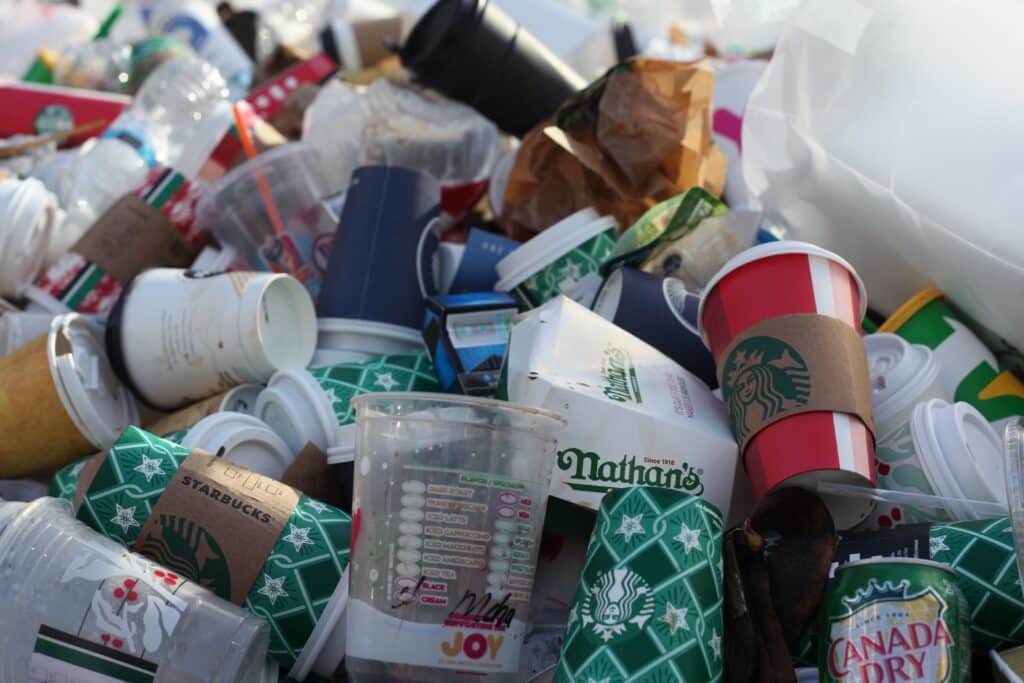
what are the problems with recycling plastic?
Is recycled plastic without its faults? Of course not. But neither is any material. One of the major problems is how many types of plastic there are. Unlike glass or aluminum, there are seven main types of plastic (and even more beyond that), which makes recycling all of them difficult.
Only 9% of plastic gets recycled. This is due to several factors, but the first one is confusion on the part of the consumer. Consumers see the mobius symbol (the chasing arrows or recycle sign) and think, ‘I can recycle this’ — or they simply put it in the recycling bin because they’re wishcycling. More on that in a bit.
the main problems with recycling plastic:
- Products can include multiple types of plastic and different layers which are hard to separate, making it difficult and costly to recycle them.
- Wishcycling is when you’re pretty sure something isn’t recyclable, but you put it in the recycling bin anyway. Doing this can contaminate the entire bin. Once the bin is contaminated, none of the items inside are recycled.
- Plastics can get contaminated with food and other substances, making it unsanitary to reuse. This is why it’s important to always rinse out your recyclables first.
- It costs millions of dollars to build and operate a recycling facility and it’s only profitable if buyers are willing to purchase the bales of sorted plastics. The cost fluctuates based on supply and demand. Bales are sold on the commodities market where brokers buy and sell recyclables like they would agricultural products. No buyer? No recycling.
- It’s also important to note every state has different recycling laws in place. So, what’s accepted in Texas for recycling may not be true for New York. This largely has to do with the type of recycling facilities the state has access to.
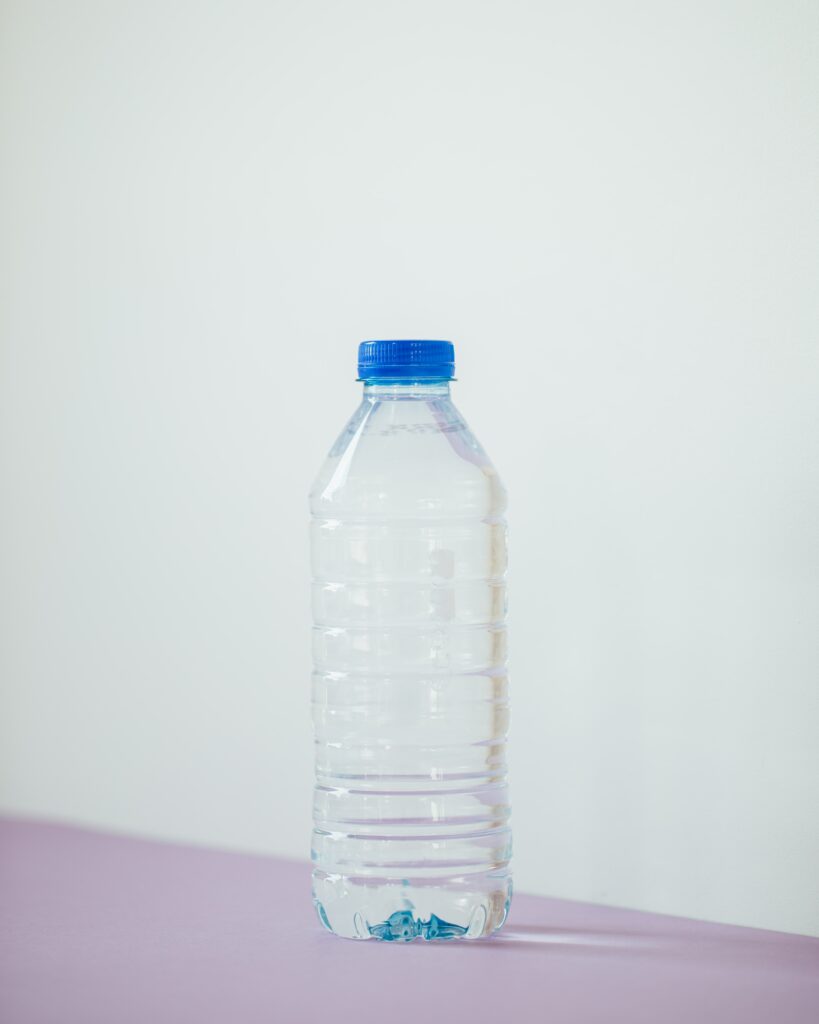
so which plastics can be recycled?
The plastics that have the best chance of being recycled include polyethylene terephthalate (PET) and high-density polyethylene (HDPE).
The most widely recycled plastic in the world is PET, which you may know by the resin identification code as #1. PET makes up water bottles, clear plastic cups, and some clear clamshells.
HDPE is accepted at most recycling centers in the world, as it’s one of the easiest plastic polymers to recycle. Milk jugs, shampoo bottles, and detergent bottles tend to be made from this material.
According to a 2020 report from Greenpeace, only PET and HDPE bottles and jugs meet the Federal Trade Commission’s (FTC) definition of recyclable. This doesn’t mean that PET and HDPE are always recycled. But it does mean there’s a higher demand for these materials in the market.
Plastics #3-#7 are a bit more complicated to recycle. Here’s what they are:
- Resin #3: Polyvinyl chloride (PVC) is used to make car oil bottles, plumbing pipes, and vinyl siding. Not recyclable in normal collection.
- Resin #4: Low-density polyethylene (LDPE) is used to make plastic film, squeeze bottles, and frozen food bags. Most municipalities won’t accept LDPE, but you can recycle plastic film at specified plastic film drop off locations.
- Resin #5: Polypropylene (PP) is used to make yogurt containers, water bottle caps, and RX containers. Leave the caps on water bottles to be recycled with them, unless your state says otherwise.
- Resin #6: Polystyrene (PS) is used to make plastic utensils, party cups and straws. Not recyclable.
- Resin #7: Other – Used to make toys, DVDs/CDs, and lenses. Often made using more than one resin from categories 1-6. Not recyclable.
For more information, see my blog post on the 7 types of plastic you need to know.
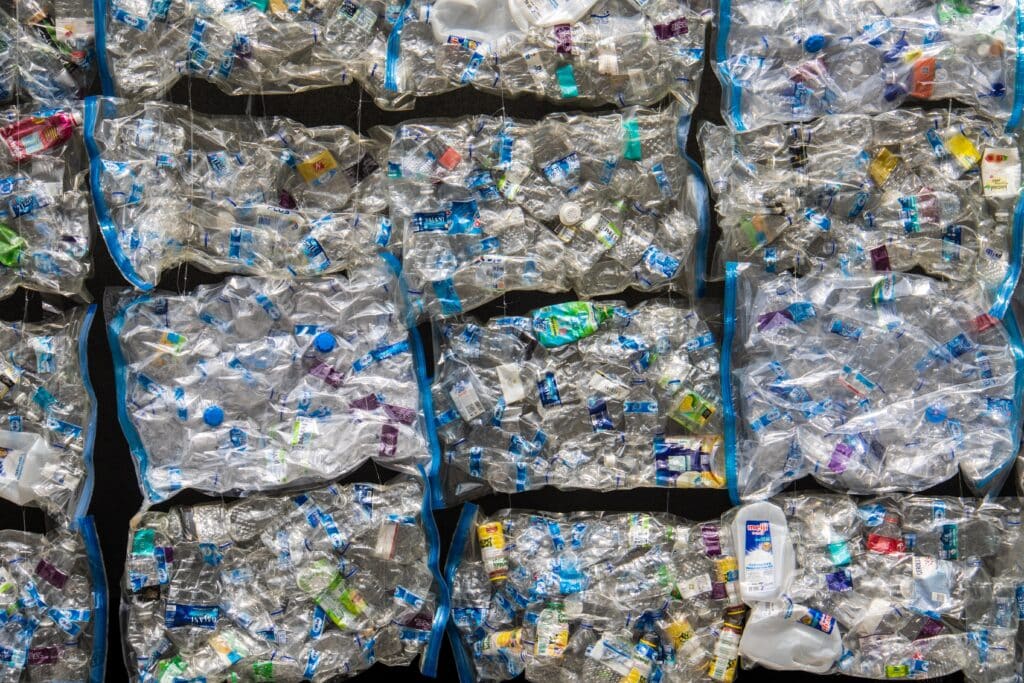
plastic recycling myths:
When I first started reducing plastics in my life, plastic was really only being ‘recycled’ into things like park benches and speed bumps.
They were taking all 6 types of plastic, mixing them together, and mechanically recycling them into sturdy objects. This is how you get plastic #7 — it’s just a mix of everything. Once you hit that point, there’s really no going back.
But, recycling technology has improved A LOT. Now things are recycled by their individual numbers, either mechanically or chemically.
chemical recycling for truly eco friendly plastic
Chemical recycling still has a ways to go. However, it promises to bring the item back to its original form without any loss of quality — which would be pretty cool.
According to Colin O’Kell, a Technical Manager in Packaging at Rhyme & Reason: “Most plastic is currently mechanically recycled, which means old materials are ground up after sorting and cleaning, which damages the polymer chains and means plastic can only be recycled a limited amount of times.”
“With chemical recycling, the plastics are treated so they return to a plastic precursor substance that can then be processed back into plastic. There is now a new breakthrough technology called enzymatic recycling where the bonds within the plastics are dissolved with enzymes, leaving perfect polymer chains; this results in plastic that is as good as virgin plastic and makes plastic infinitely recyclable.” A truly eco friendly plastic!
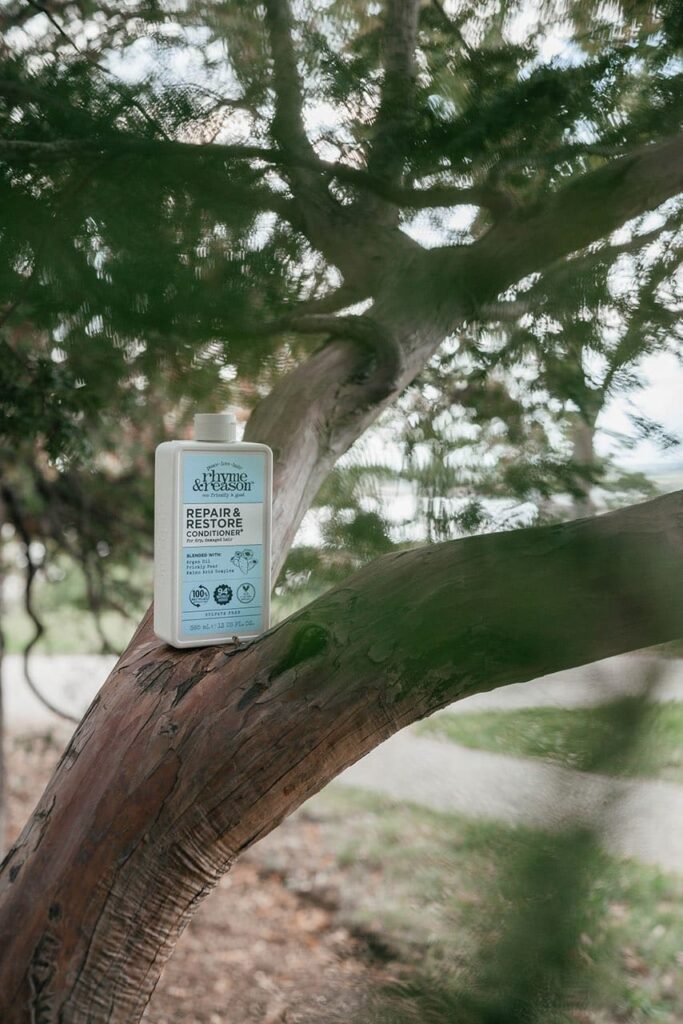
what can plastic be recycled into?
Now that we’ve established plastics actually CAN be recycled, what can plastic be recycled INTO? There’s a surprisingly wide array of products:
- Polyester fabric for clothes
- Picnic tables
- Lawn furniture
- Shampoo bottles (like Rhyme & Reason!)
- Plastic ‘lumber’ for decks
- Crown molding
- Playground equipment
- Recycling bins
- Flower pots, seed trays, watering cans
- Drink bottles and food trays
- Speed bumps
- Traffic cones
- Countertops
- Carpeting
- Laptops
- Tech
- Plastic waste sorting bins
- Building materials
- Eco bricks
- Backpacks
- Shoes
And that’s just the tip of the iceberg. With increases in technology, and the sheer amount of plastic we currently have in the waste stream, every product should be utilizing PCR.
rhyme & reason’s recycled plastic material
I think Rhyme & Reason is leading the way. They’re using 100% PCR and even developed the world’s first cap made from 100% recycled material. Since the bottle is pure plastic #2, you can put it in the recycling bin to be recycled over and over again.
I hope we see a lot more brands move in this direction.
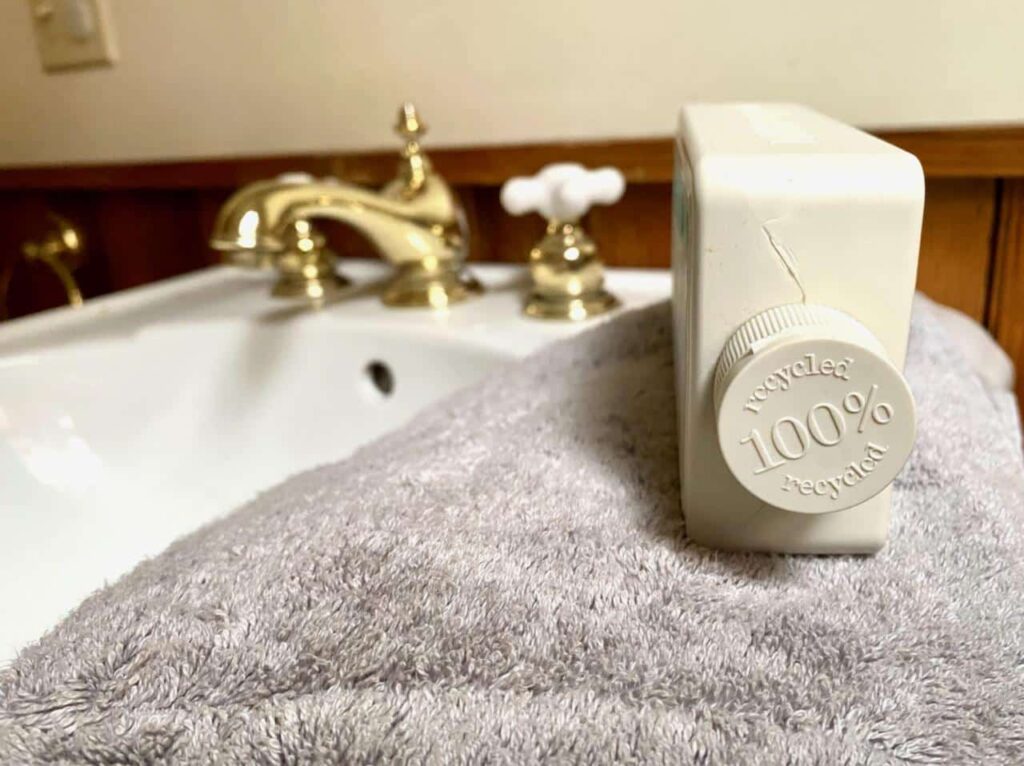
According to Colin, “A big part of whether a material will be recycled is whether there is a use for the recycled material once it has been reprocessed. The lack of an end market for recycled materials has held up the development of a recycling infrastructure for polypropylene — the plastic used to make bottle caps. Because bottle caps are so complex, it’s much harder to make these out of recycled materials.”
“Then, because no one wants to use the recycled material, there’s no investment in the recycling infrastructure, so the material is low quality, making it harder to use and meaning no one wants to use it! It’s a vicious circle! That’s why it’s so important that the caps on Rhyme & Reason bottles are made with recycled PP. Rhyme & Reason has met the technical and supply challenges to bring something truly groundbreaking to the use of recycled materials. Hopefully, this will cause other brands to follow suit and kick start the circular supply chain by creating a demand for recycled PP.”
faqs
what does chemical recycling promise for the future?
Chemical recycling is so promising! It opens the door to recycling more difficult types of plastic, including multilayer and contaminated plastics. It will turn garbage into a valuable commodity and increase the demand for recycled plastics. This all benefits consumers and the environment in the long run!
what types of products can you get from rhyme & reason?
Rhyme & Reason is a hair care company that sells high performance shampoos, conditioners, and curl products. You’ll also find finishing serums and plant protein repair serums! They’re also PETA certified cruelty free and vegan.
where can i buy rhyme & reason hair care products?
To purchase, visit Rhyme & Reason’s site. From there, choose the product and follow the shoppable link. Depending on the product, you can purchase from Boots, Amazon, or Target. At this time, you cannot make purchases directly from their website.
Would you give Rhyme & Reason a shot? Let me know if you’ve tried their products before in the comments!


